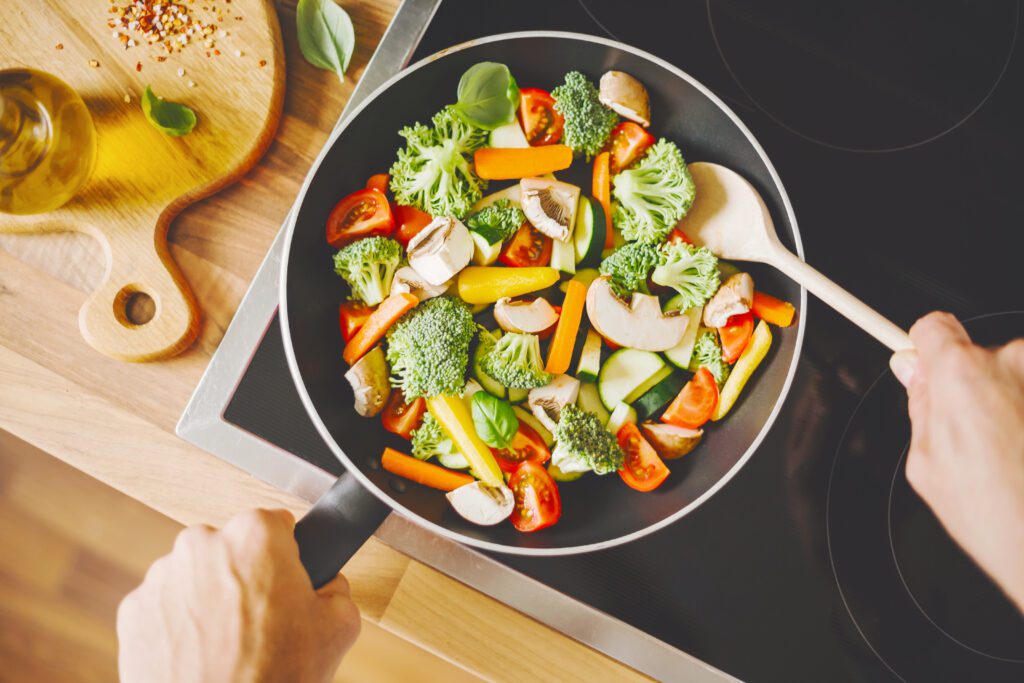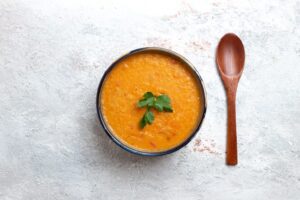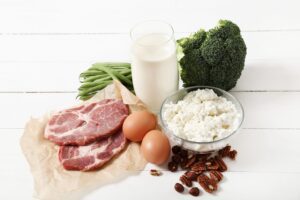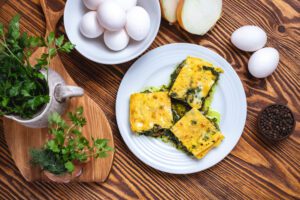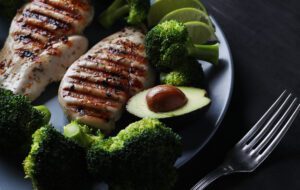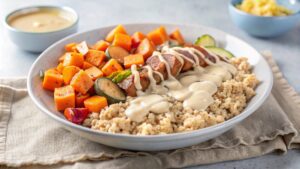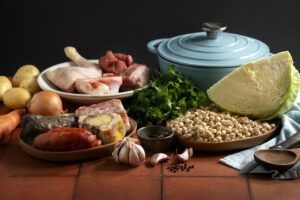Cancer care is also dependent on nutrition. Not only does it promote immunity, but it also curbs side effects from therapy. But the preparation of your food is just as important. For instance, do you know that food can be stripped of its nutrients if it is cooked in the wrong way? It is even more critical for patients with cancer because their food demands are extremely high and the loss of nutrients is harmful to their wellbeing. Knowing the link between how we cooking methods and cancer can guide us toward healthier eating.
In this article, we will explore:
• What are the dietary needs of cancer patients?
• What is the effect of different cooking methods on nutritional value?
• Which cooking methods are best for cancer patients?
Table of Contents
Nutritional Needs of Cancer Patients
Eating well for cancer patients is not just a necessity but an approach to treatment. They require certain nutrients to combat the side effects of therapy like fatigue, nausea, and compromised immunity. Proper attention to cooking methods and cancer is vital, as incorrect preparation can lead to significant nutrient loss.
Essential Nutrients for Cancer Patients
1. Proteins: Repair body tissues and maintain muscle mass.
- Food Sources: Eggs, lean meats, beans, lentils.
2. Vitamins: Strengthen the immune system and reduce oxidative stress.
- Vitamin C: Citrus fruits, bell peppers.
- Vitamin E: Nuts, seeds.
3. Minerals: Essential for blood and tissue health.
- Iron: Spinach, red meat.
- Zinc: Nuts, whole grains.
4. Antioxidants: Neutralize free radicals that promote the growth of cancer cells.
- Beta-carotene: Carrots, sweet potatoes.
- Lycopene: Tomatoes, watermelon.
5. Fiber: Supports gut health and improves digestion.
- Whole grains, fresh fruits, vegetables.
It is critical for cancer patients to retain all these nutrients, and this is only possible if the food is prepared properly.
Overview of Cooking Methods and Cancer
Cooking methods and cancer have been extensively studied to determine their impact on nutrient preservation and carcinogen formation. Certain methods are more beneficial for retaining essential nutrients, while others may increase the risk of introducing harmful compounds.
Common Cooking Methods
1. Boiling :
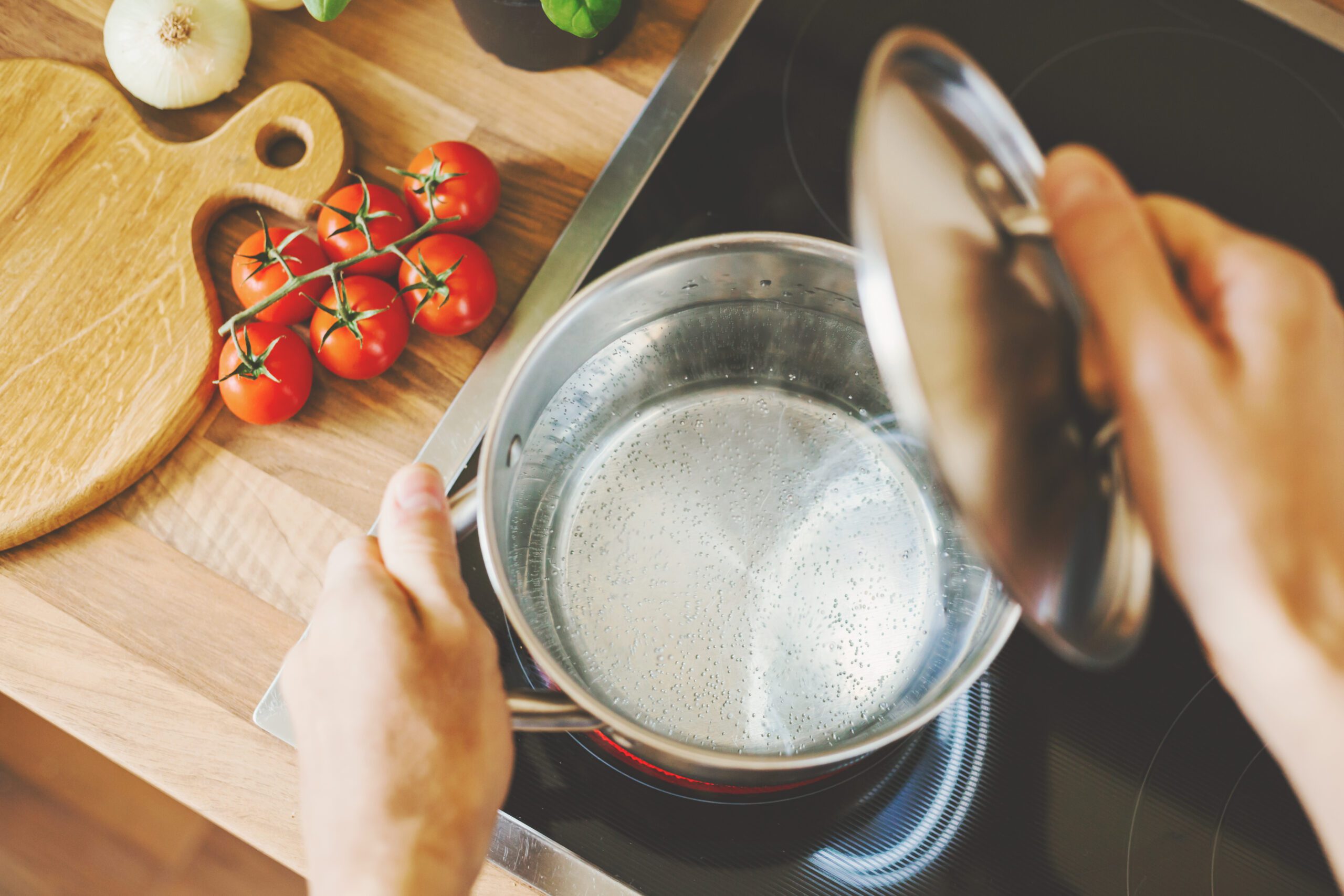
Nutrients, especially water-soluble vitamins, can be leached into the cooking water, emphasizing the relationship between cooking methods and cancer when nutrients are critical for patient recovery.
2. Steaming :
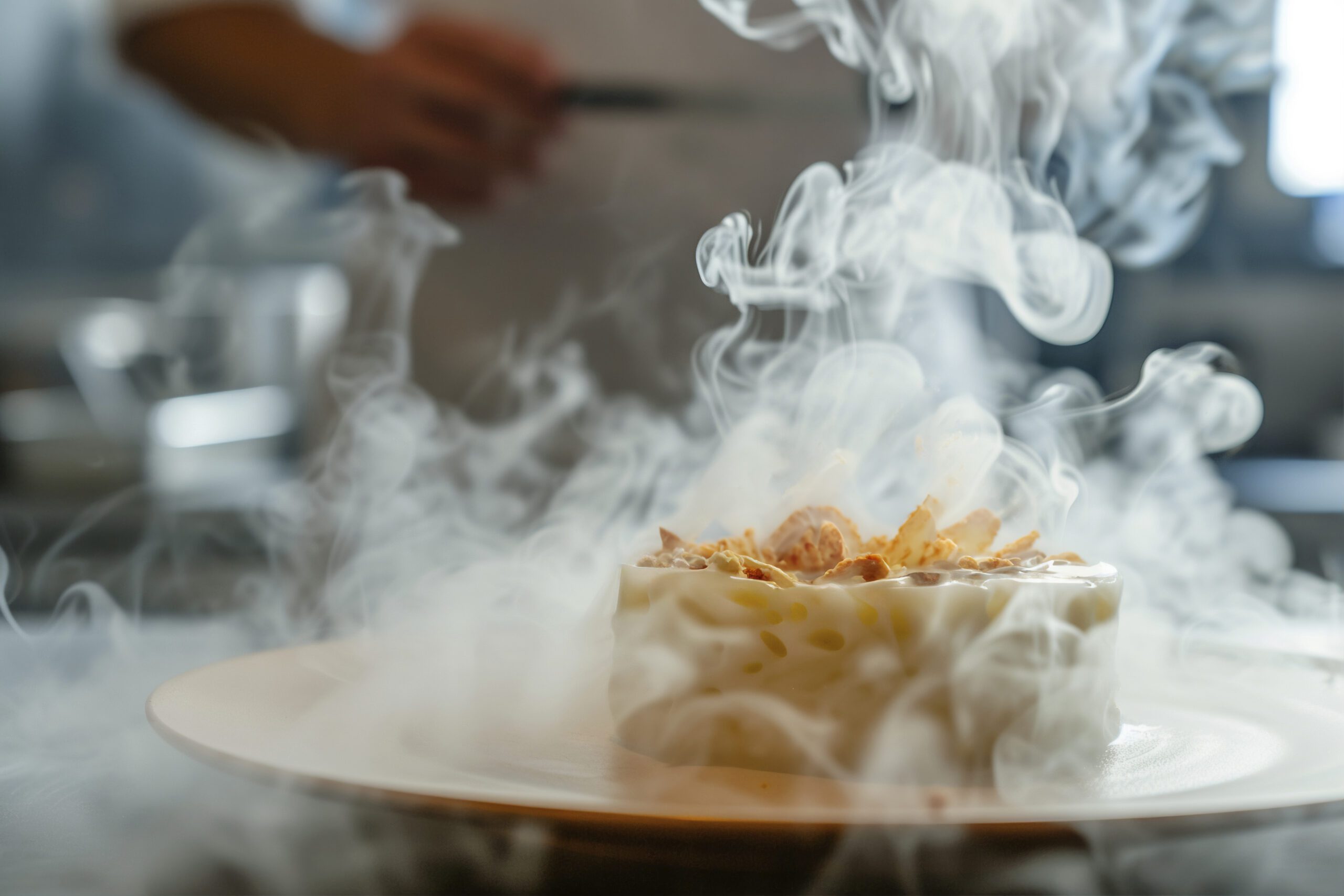
A better option for preserving nutrients, making it one of the most recommended cooking methods for cancer patients.
3. Grilling :
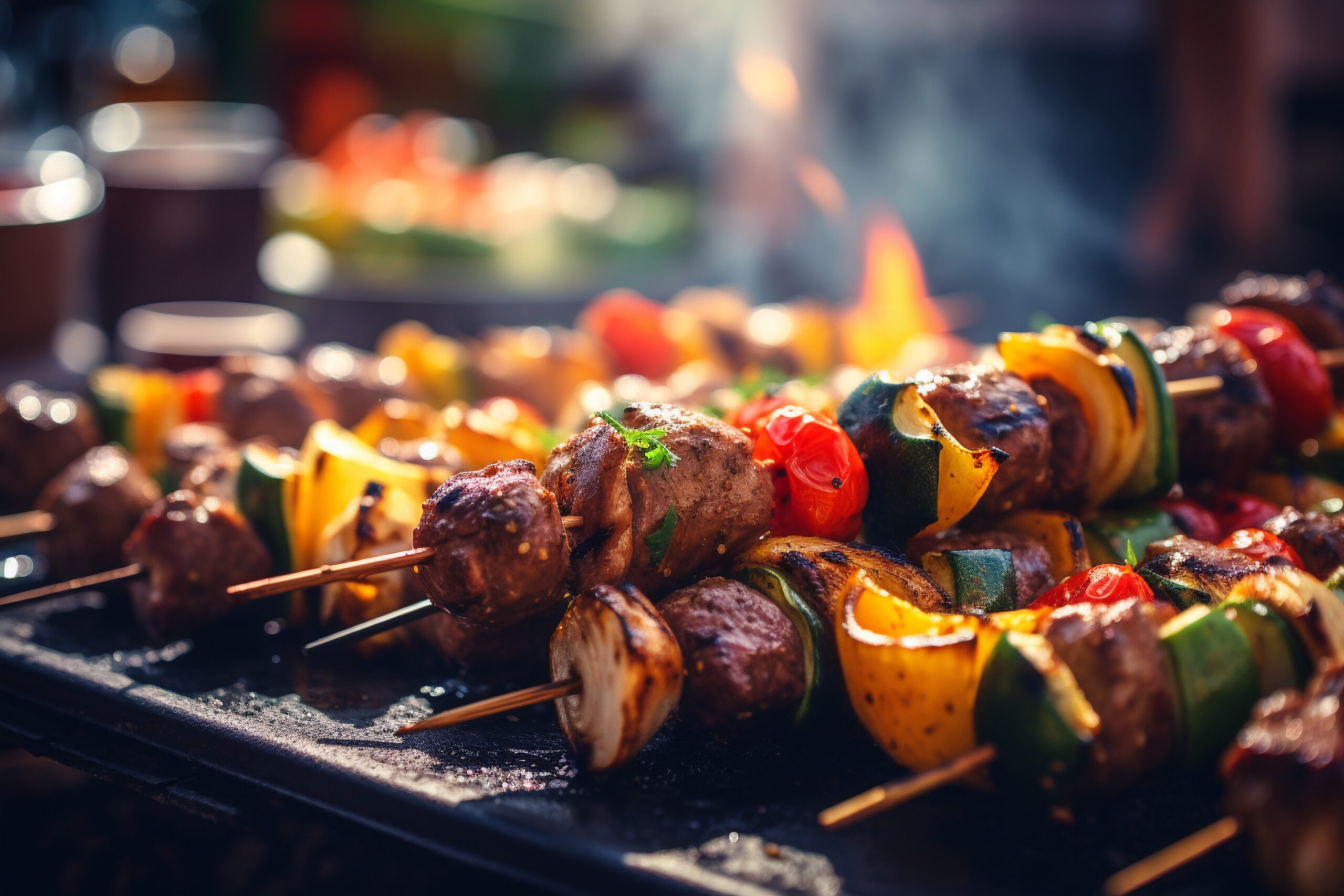
Flavors are added, but over-grilling creates carcinogens, which exemplifies an unbroken relationship between cooking methods and cancer.
4. Frying :

Food is fried in oil at high heat. Taste is enhanced but unhealthy fats and calories are added.
5. Baking :
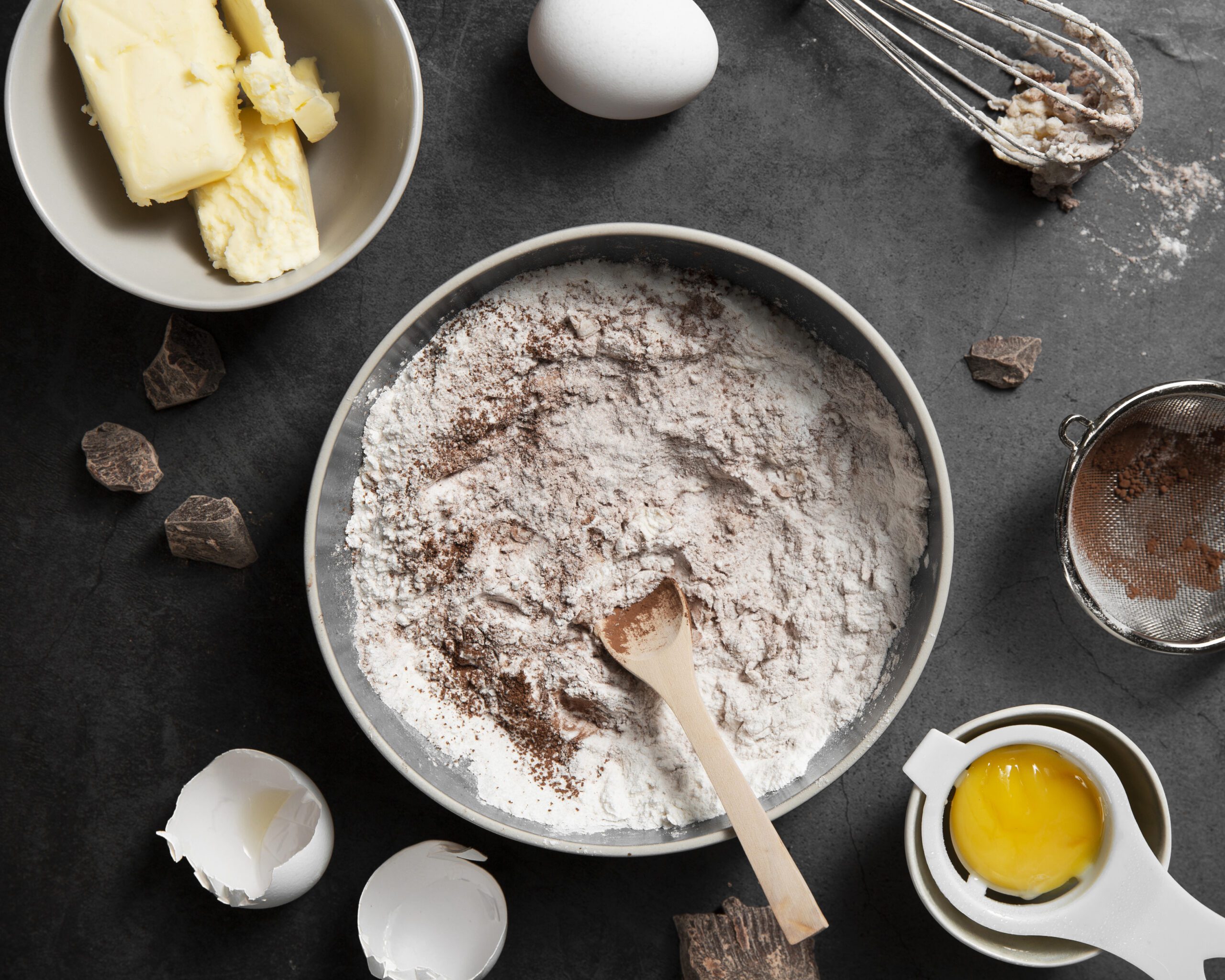
Food is cooked slowly at a moderate temperature. Vitamins and antioxidants are retained, but overcooking can degrade nutrients.
6. Microwaving :
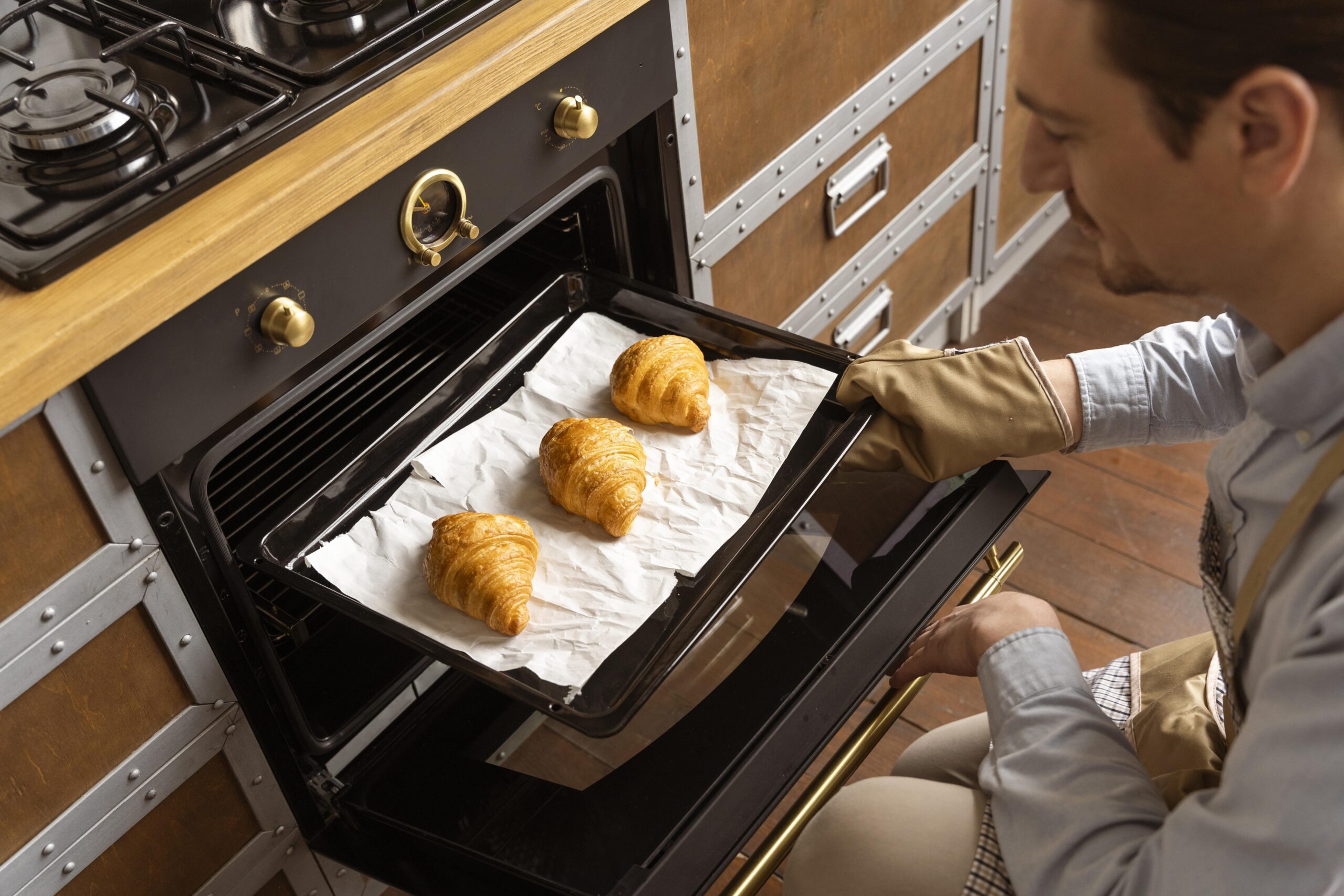
Fast, low-heat cooking retains nutrients, which is a preferred approach to cooking methods and cancer.
Impact of Cooking Methods on Nutritional Value
The link between cooking methods and cancer is obvious when we look at how each approach affects nutrient retention and production of carcinogenic molecules. For instance:
1. Boiling vs. Steaming
Boiling:
- Water-soluble vitamins like Vitamin C and B vitamins get leached into the cooking water.
- Vegetables like broccoli lose up to 50% of their nutritional value after boiling.
Steaming:
- There is no direct contact with water, so vitamins and minerals are retained.
- Sulforaphane (an anti-cancer compound present in broccoli) is retained more during steaming.
2. Baking vs. Frying
Baking:
- This is a healthier option as minimal oil is used.
- Antioxidants like Vitamin E are retained during the baking process.
Frying:
- High heat degrades antioxidants and vitamins.
- Harmful chemicals such as acrylamide may form, which are carcinogenic.
3. Microwaving vs. Grilling
Microwaving:
- Quick and low-heat cooking preserves nutrients more.
- In the case of vegetables, vitamin C and folate are more retained.
Grilling:
- Overcooking meat creates carcinogens such as heterocyclic amines (HCAs) and polycyclic aromatic hydrocarbons (PAHs).
- Vegetables retain their fiber content during grilling.
Special Cooking Considerations for Cancer Patients
When it comes to cooking methods and cancer, the goal should be to eliminate carcinogens while maintaining essential nutrients
Foods that Help
1. Cruciferous Vegetables (Broccoli, Cauliflower):
- Contains Sulforaphane, a powerful anti-cancer compound.
- Steaming is best for retaining sulforaphane.
2. Tomatoes:
- Cooked tomatoes increase the bioavailability of lycopene, a potent antioxidant.
3. Fatty Fish (Salmon, Mackerel):
- Contains Omega-3 fatty acids, which reduce inflammation.
- Light grilling or baking is better for this.
Foods to Avoid
Deep Frying:
- Source of extra calories and harmful fats.
High-Temperature Grilling:
- Increases risk of carcinogens.
Cooking Tips That Provide Anti-Cancer Benefits
- Adopt light cooking methods such as steaming.
- Avoid processed and overcooked foods.
- Retain maximum nutrients through soups and stews.
Case Studies And Research Findings
Research Highlights:
- A study says that steaming vegetables retain 90% of Vitamin C while boiling only 50%.
- The American Institute for Cancer Research says that the overuse of grilling and frying can increase carcinogen production.
Case Example:
A cancer patient replaced fried foods with baked and steamed meals in his diet. Within 3 weeks, he noticed a noticeable improvement in his energy levels and digestion.
Practical Tips for Cancer Patients And Caregivers
1. Opt for steaming and microwaving: Both methods retain more nutrients and are simple.
2. Use Healthy Oils: Olive oil and avocado oil provide more healthy fats.
3. Avoid Overcooking: Overcooking can destroy nutrients.
4. Use Soups: Consume cooking water in the form of soup to avoid nutrient loss.
5. Prioritize Fresh Ingredients: Keep processed foods to a minimum and use more fresh foods.
Conclusion
The nutritional quality of the food a cancer patient consumes has an immense impact on the process. By cooking your food the right way (like steaming and microwaving), your food is packed with nutrients and fewer toxins. For patients with cancer and caregivers, informed decision-making can help them heal more efficiently.
FAQs
Can cancer patients eat fried foods?
No, fried foods should be avoided because they are a source of unhealthy fats and inflammation.
Is steaming better than boiling for cancer patients?
Yes, steaming retains more nutrients and prevents loss of water-soluble vitamins such as vitamin C.
Does microwaving affect nutrients?
Microwaving generally preserves nutrients because it involves low heat and short cooking time.
What are the best cooking methods for retaining nutrients?
Steaming and microwaving are most effective for retaining nutrients.
Does grilling increase the risk of cancer?
Yes, overuse of grilling produces carcinogens, which can increase the risk of cancer.

